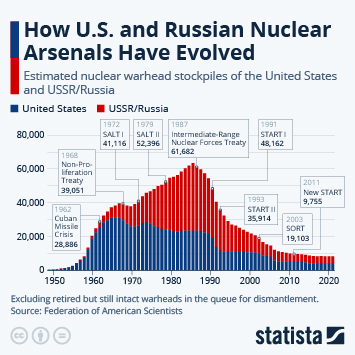30 years ago, on October 3, 1990, the German reunification process was completed and the communist German Democratic Republic (GDR) became part of the Federal Republic of Germany, marking the birth hour of the Germany we know today.
Despite the fact that Germany has been reunited for 30 years now, a sense of division remains, as the East still trails the West economically and differences in mentality and political views persist. The recent success of the right-wing populist AFD in Eastern Germany was viewed with unease and disbelief in the West, amplifying a tendency of Western Germans to look down on their compatriots from the East, many of whom still feel like second-class citizens. Even though Eastern Germany has had a lurking problem with right-wing extremism for a long time, the rise of the “Alternative für Deutschland” would not have been possible if it weren’t for the persistent structural weakness of the region.
As our chart shows, Eastern Germany has benefitted immensely from the unification, but still trails the Western part of the country in terms of income and GDP per capita, while the unemployment rate remains significantly higher than it is in the West. While the situation certainly has improved compared to the early 1990s, when the gap was much wider, a lot of work is still necessary to erase the structural deficiencies that have now persisted for nearly 30 years.
















